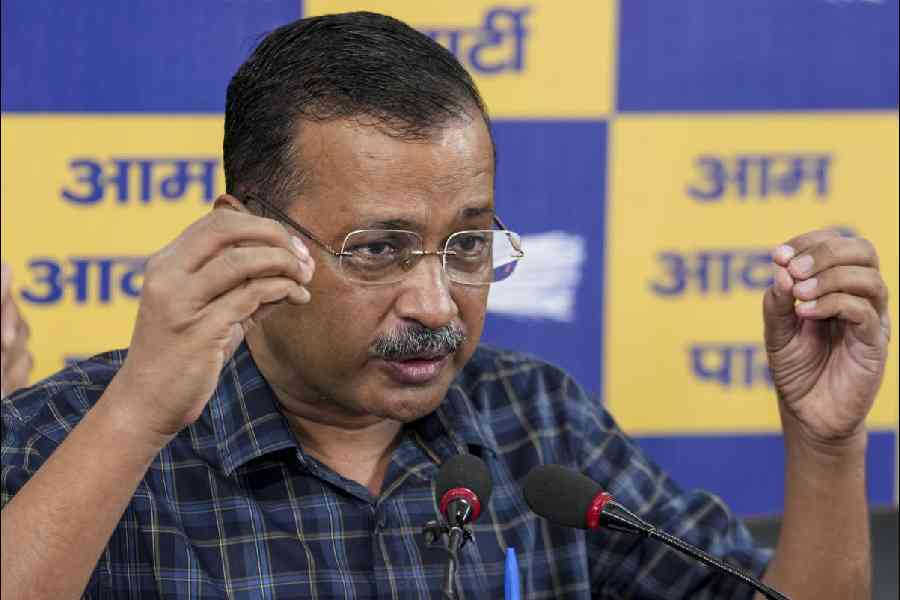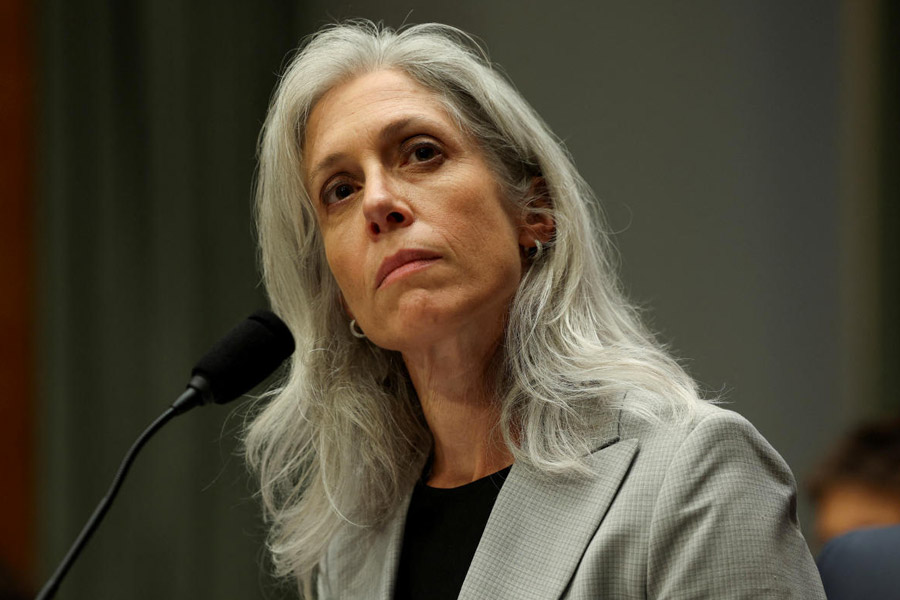 |
What has been the response to Buzz so far?
Excellent. The hotel is surrounded by different hospitals so many of our guests are from Bangladesh. Those — both from Purba and Paschim Bangla — who have tried our Bangladeshi cuisine say that they aren’t missing home! The experience starts as soon as you enter with Labang, a refreshing welcome drink and ends with Burhani, a digestive to biryani or rich food made with lemon leaves.
What kind of research did you do to understand the cuisine?
I spent seven days at the Dhaka Club in Bangladesh where I got to see and learn so many things. Like how they believe in different kinds of bhartas and the ways they prepare them. I also worked in a restaurant in Dhanmondi, and in between visited the supermarket, fish market and Nazira Bazar in Old Dhaka. If you go back to history, the food originates from the people who made up the region. You have the Bangladeshi food from the Bengali-Hindus, the Bengali-Muslims (which traces back to when the Nawab of Lucknow took shelter in Dhaka), and the Bengali-Christians (the Gomes and Rosarios).
 |
Is the cooking process any different in Bangladeshi cuisine?
The food is stewed, dum or just cooked enough to keep the taste. Like at Buzz, you have the Mutton Gelasi, which is slow-cooked and stewed till the mutton is tender, the Bhuna Khichuri and Ilish Pulao is cooked on dum, and the Laal Saag and Kochu Saag is cooked just a little bit in order to retain the taste of the vegetables.
 |
| Chef Asish Roy, who’s manning Buzz, the all-day diner at The Gateway Hotel, is an old hand in the Taj Group, having spent four years in Rambagh Palace and another 17 in Taj Bengal before that |
What about Bangladeshi dessert?
Pitha is the most famous dessert — it is like Patishapta. Then there’s Bhaja Pitha, Nakshi Pitha and Dudh Puli (puli pitha cooked with milk, gur and coconut).
Tell us about Bangladeshi staples like rice and fish…
We use a Bangladeshi rice called Chingura, which is small-grained with a high level of starch. If you make dum pulao with this, it becomes a little lumpy but is very tasty! They seldom eat chapatti and have three kinds of bread — naan (from the Muslim influence), Chatur Paratha, which we picked up because it matches with Mutton Gelasi, and Roomali. When it comes to fish, we believe in fresh catch because Bangladesh is surrounded by rivers. There’s chitol, boal, kajoli, kachki and hilsa, which is, of course, the signature fish.
Bangladeshi food means:
Fresh catch and fresh slaughter
Different types of leafy vegetables like paat pata (jute leaves), coriander leaves, pumpkin flower, bok phool, different stem vegetables like kochur loti (colocasia stem) and kochur saag.
Root vegetables like maan kochu (taro roots)
Root onions are used. Tomato is seldom used
Sugar is never used
Mustard oil and ghee are used as cooking medium
Spices like cumin and chilli are preferably ground fresh on the shil-nora (grinding stone)










